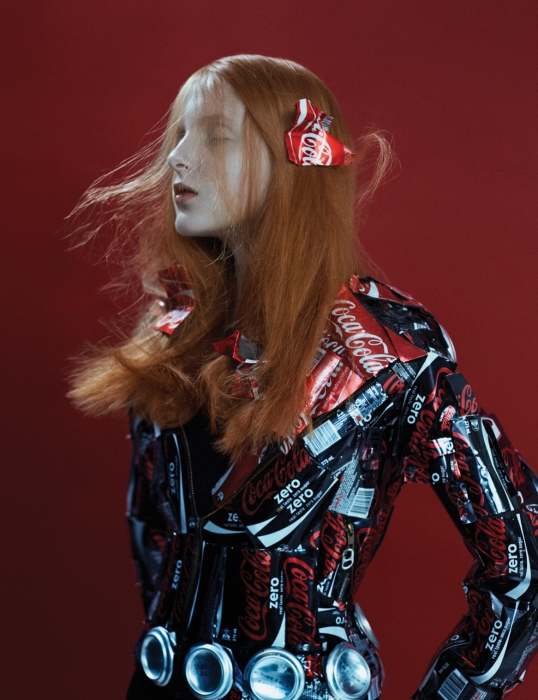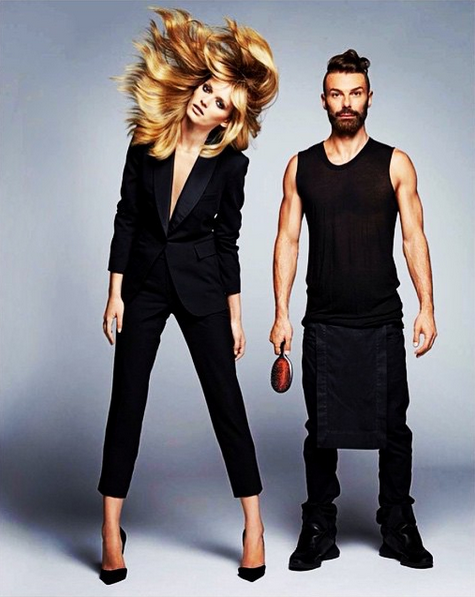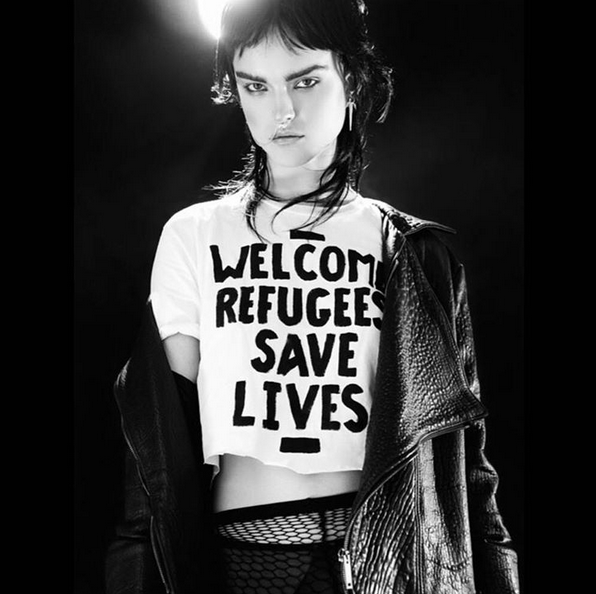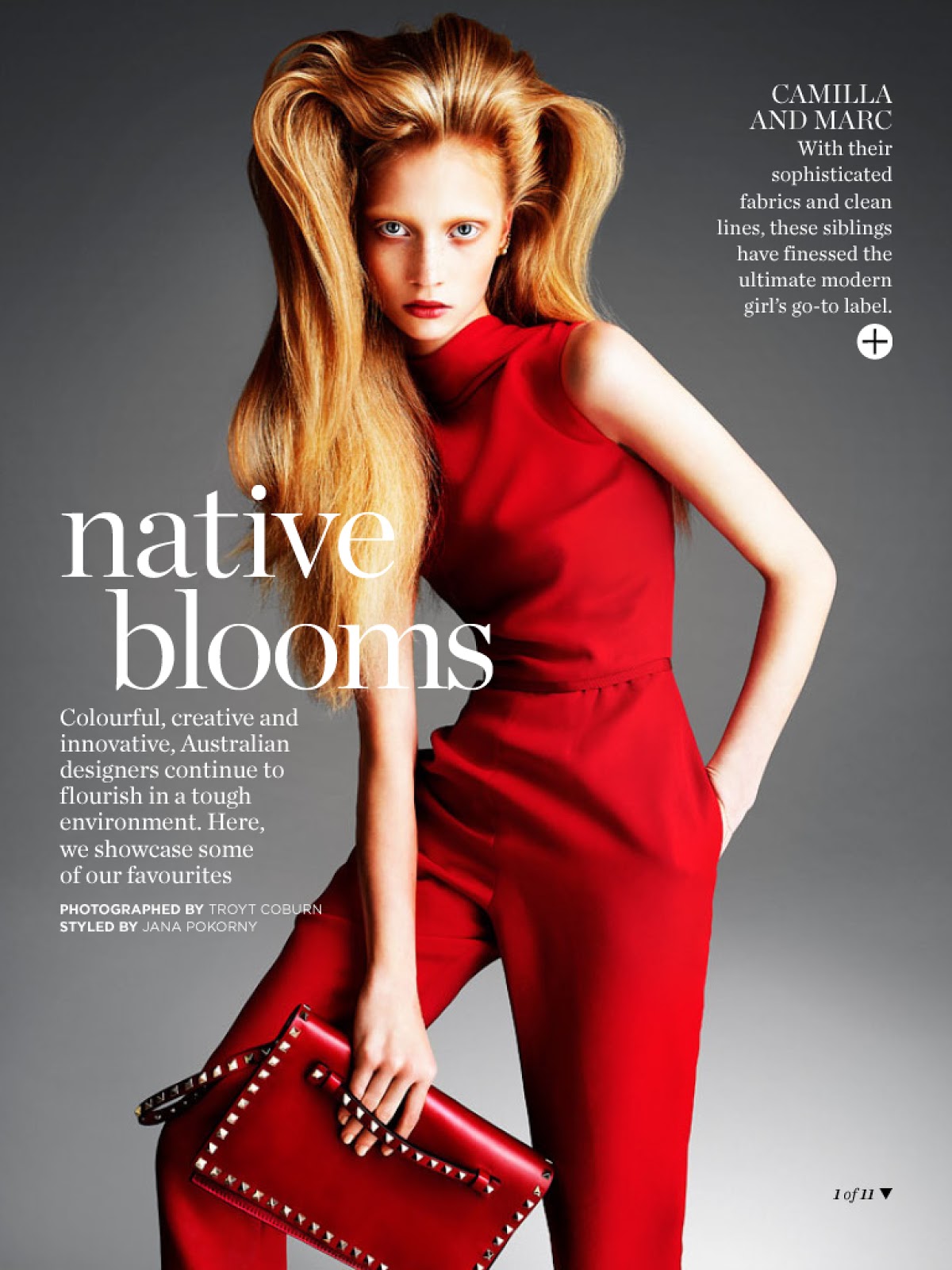MBFWA is not only about designers and collections. This major fashion event involves a lot more people than you could think of, such as PRs, make-up artists and hair stylists. Get a sneak-peek into the MBFWA’s backstage thanks to our exclusive interview with renowned hairstylist Daren Borthwick.
I believe that a bad hairstyle can ruin a collection. – Daren Borthwick

Daren Borthwick is a major talent in the hair and fashion industry. Believe it or not, his career started in 1988 in an English salon specialising in dreadlocks and punk extensions. He has come a long way since then – now working for prestigious magazines like Harper’s Bazaar and Vogue. The Sydney-based artist also worked on European and New York fashion shows for designers like Givenchy and Kenzo. Long story short: we couldn’t think of anyone else to tell us about the MBFWA behind the scenes…
How would you describe the atmosphere backstage a few hours before a show starts?
Every show is different: it can be either very intense, or really calm. We usually get about four hours to do everyone’s hair, but there is always something coming up. Last year, I was doing the hair for Carla Zampatti. I remember there was a moment when the girls had to do a rehearsal, so we had to wait. And since the show was taking place at the Opera House, it took even longer than we expected. So when they came back it got a bit hectic. The key in this kind of situation is to breathe and focus on yourself so you can ignore the chaos around you.
How many hairdressers were you working with for that show?
I had about sixteen assistants. I usually need two assistants on the same model, because it’s the most efficient way to do it.

Where do you find inspiration? Tell us about the process you went through to create this hairstyle.
I received a brief from the Carla Zapatti a few weeks before the show saying she wanted something very romantic. I don’t want to copy anyone else’s work so I looked at sketches and paintings from the 16th century. I collected about eighty images and selected one to show her. She was enthusiastic when she saw the painting, but didn’t like it in real life. So I had to start looking for more ideas again and again… We couldn’t find an agreement until the day before the show!
Do you get frustrated because you have to follow the designer’s view, and not just your own creativity?
Yes, I do. Sometimes they can’t see what I see and I can’t see what they see. We have two different visions and we need to merge them to create a common concept. But there are times when it happens straight away and it’s magical. I remember working on an editorial for Vogue Australia in Mexico and I had no idea what I was going to do. I just started playing with the model’s hair and it happened! Everyone was happy and we could shoot twelve looks on the same day. These moments remind you of why you’re doing this job.

What is the difference between working on an editorial and a fashion show?
Fashion shows must be perfect from every single angle. The models’ hair has to look good on the runway, no matter where you see it from, and it has to look good on the pictures, too. Editorials are more “relaxed” because you are in control of the situation. You can always adapt a few details during the shoot and you know from which angle the photographer will take the pictures so you can “cheat” a little bit. Moreover, you don’t have to deal with this whole backstage chaos.

How would you describe the evolution of the relationship between fashion and hair?
This relation has always been there, simply because hair and fashion have to match. I believe that a bad hairstyle can ruin a collection. We are going through a period where hairstyles are quite minimal. A lot of hairstylists opt for the ‘effortless’ look. But I hope haute couture will get back to something more theatrical soon…






